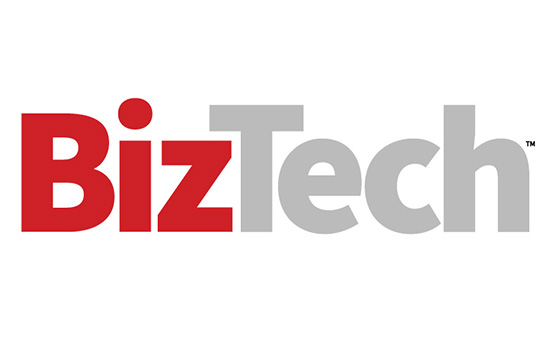For sustained success, enterprises need to lay a foundation for scale. That includes investing in robust data and modeling infrastructure through platforms like Amazon Web Services Bedrock, Microsoft Azure OpenAI or NVIDIA DGX, supported by partners such as CDW.
Long-term integration means connecting GenAI to core systems such as enterprise resource planning (ERP) and customer relationship management (CRM) to transform supply chain forecasting, product development and other processes.
Governance will also be essential, with cross-functional teams spanning IT, compliance, legal and business units to ensure transparency, accountability and ethical adoption.
Short-Term Best Practices When Navigating AI
Phil Carter, IDC general manager and group vice president for AI, data and automation research, recommends identifying high-impact use cases based on three broad categories.
These include personal productivity (such as Copilot and other AI assistants), functional use cases (such as contact centers, IT or software development) and industry-specific applications such as drug discovery in life sciences.
Once those categories are clear, Carter stresses the importance of balancing business value, cost and risk, noting traditional ROI analysis is no longer enough.
“With GenAI, the added dimension is risk — and that covers everything from governance and compliance to the potential for things to go wrong, as we’ve seen in early pilots,” he says.
Safeguards are critical, especially for organizations deploying off-the-shelf tools such as Copilot or Einstein.
DIVE DEEPER: Why is data governance not just a tech issue?
Carter says many companies began with AI-specific policies, but the more mature players have gone further.
“There is a clear correlation between AI pioneers and their focus on governance,” he explains. “The more mature, the more the levels of governance are well thought through, documented, and practiced.”
The best practice, Carter notes, is to embed governance into the process from the very beginning — use case selection, team design and proof of concept development — so that risk awareness becomes part of the business model.
“Those people need to come in, not with the mindset of ‘We can’t do this,’ but with ‘We could do it, and here are the risks,’” he says. “Everyone must be very well versed on the risks and how to mitigate them.”
By starting with carefully selected use cases, aligning risk tolerance with business goals, and embedding governance early, enterprises can capture short-term wins while laying the groundwork for long-term GenAI innovation.














